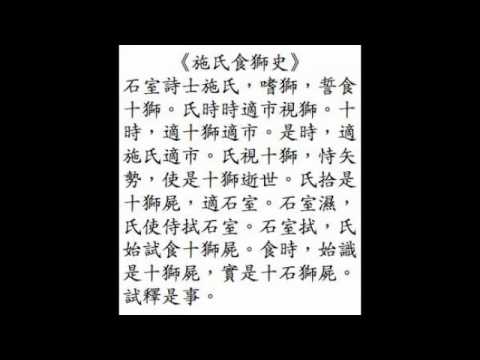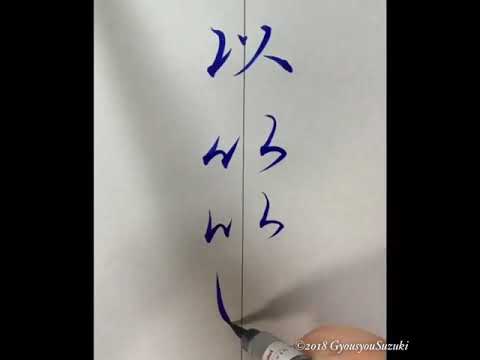How would you say the act (noun) of being? I feel like ですの isn’t right ![]()
Like existing? Can you give a full example sentence in English to clarify what you’re looking for?
“Being a potato” but potato like @/latepotato
Maybe である is what you’re look for. Like ポテトであることは難しい.
(I don’t know what you mean by “but potato like (the user) latepotato” so that’s the best I can do.)
である! That’s it, thank you!
yeah and from what I know the rules behind it are quite complicated, and there’s no need to learn it even if you want to sound native since many people just don’t do it anyway.
![]()

Can I add “to choose” as a synonym for 決める or does it ONLY mean “to decide”? Are they the same thing?
I would suggest that this is not correct. However, it can be correct “to you”
Anyway, when you see it used by real Japanese, the true meaning will eventually come to you. There are no one-to-one translations from EN to JP anyway. Whatever gets you there, gets you there. ![]()
In the end all translations are approximations of a meaning, and a word can take any number of meanings depending on context, so whatever synonyms you add don’t really matter as long as the idea you associate with the word is correct.
However, “to choose” is, out of context, not a translation I’d decide on for 決める. Choosing implies to me that there are a number of alternatives already known, and you make a decision on one of them. That can be the case with 決める but is not implied by it - rather, 決める as I understand it is making a decision as in making something undetermined into something determined.
Say you have a day off and no responsibilities. You wouldn’t so much “choose” what to do as in pick from a list of alternatives, because the alternatives are endless. 決める covers that scenario. Could you use “to choose” for that in English? I guess you could, but only because the context makes it clear that “to choose” in this scenario includes determining what the options even are in the first place. Out of context that’s not the association I’d make.
But if in adding that synonym that’s the sort of scenario you have in mind, go for it. You could call it Bob, if that’s what evokes that idea of making a decision to you. Whatever works.
You’re not reframing English into different words and grammar. You’re learning a new language, and that means building new associations of meaning with new words. It just so happens that a language you already know is a nice intermediary for that, but that we usually translate 決める as “to decide” and not “to choose” doesn’t mean it’s never applicable where in English you’d use “to choose”, or that it’s applicable in every situation where you’d use “to decide”. It just means that the English concept of “to decide” is an approximation of what 決める means.
So… As is usually the case, the answer is “it depends” ![]() Does the idea you associate with the word match the meaning of the word? If so, add whatever synonym you like. If not, adding a synonym is just a way to cheat the SRS into letting you level up a word you don’t know.
Does the idea you associate with the word match the meaning of the word? If so, add whatever synonym you like. If not, adding a synonym is just a way to cheat the SRS into letting you level up a word you don’t know.
Why is も the only hiragana to not follow standard stroke order?
The stroke order for も has always bugged me as well. Like, what logical reason is there for it being different than ま?
A stack exchange user answered this (somewhat? Not great chain of sources tbh) convincingly:
Seems like it has to do with the strokes of the character the kana originated from, in this case apparently the downward stroke was orginally the top horizontal stroke of 毛
I assumed the upward vs. downward finish of the central stroke in both contributes to why you would do the horizontal strokes before or after.
I thought of that too, but it didn’t seem a good enough reason to do the vertical stroke first for も, since it wouldn’t really be significantly faster than just doing the horizontal strokes first like usual.
Found a similar “what’s the deal” → [random people answering it] style source in Japanese here:
One person seems to make the point that since it derives from cursive style – if you’re writing vertically, the swish upwards of も makes it more natural to continue than going back up from the second horizontal line would, so it just flows better.
I kind of like another person’s answer - they seem to say they’re 50 and just writes it how they were taught, but that going with the し swoosh first in も feels more balanced since it’s the stroke that starts above the others anyway.
文字のバランスを決めるのに自然な書き順です。
なんか、うまく説明できないな。
Anyway, the source does seem to be 草書 style 毛 and that looks like this:

where the stroke order may be more obvious.

So I buy the stack exchange person’s explanation, just on that visual basis.
one note about doing this is that it can mess up your normal, non-Japanese search results. I recommend using a different search engine (like duckduckgo) and setting to Japanese only. That way you can use google for normal stuff and DDG for Japanese (or vice-versa if you’d like).
I recently learnt about the stroke order for も myself (I didn’t actually look up all the stroke orders when I learnt kana), and I was rather surprised too. However, it’s true that (subjectively), I find it easier to create the usual shape for も you see in calligraphy by using the 草書 stroke order. There are actually even more obvious examples of the stroke order, like these:
One can clearly see the brush sweeping back up to make the last two horizontal strokes without being lifted off the page completely.
@f3lix @seanblue To be clear, all hiragana originated from 草書 (full cursive) characters, and 草書 is the kanji script that has the lowest probability of following standard stroke order because it’s all about writing faster. (To be precise, 草書 – unless it turns out Japanese calligraphers do it differently – has its own conventions and is based on 隷書 (clerical script) and a bit of 篆書 (seal script) instead of 楷書, which is what 行書 (the semi-cursive script) is based on. That’s part of why there’s sometimes a huge difference between how semi-cursive and fully cursive kanji look.) This is pretty clear from the Wikipedia section on hiragana origins. Katakana is more likely to follow standard stroke order (which you can see from how モ is written with a different order from も) because it’s quite clearly based on 楷書, which is the standard script.
Here’s a video I posted quite a while back about how hiragana evolved, so you can see how they’re written based on abbreviating 草書 even further:
(Speaking of surprising stroke orders, ヲ is another one: it’s horizontal, horizontal, curved, not フ+horizontal. That came up alongside も when I was looking up the correct stroke order.)
I would say “no”. “To choose” would be 選ぶ, since that’s what the kanji 選 carries (選挙, 選手, etc.). 決める, at least to my understanding means that the decision falls on a specific object (to decide on something) and other related words like 取り決め and 決定 still embody this nuance.
TIL I’ve been writing it wrong for a while (not that I ever write kana by hand nowadays).
Thank you very much! I had no idea ヲ was 3 strokes.


